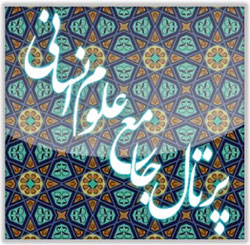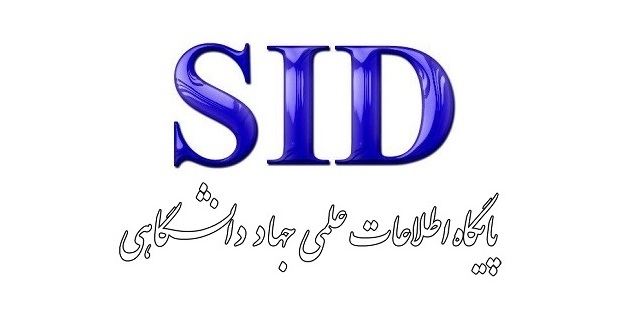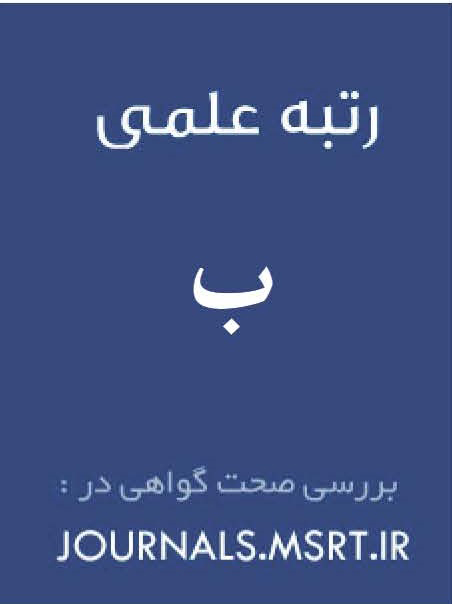Comparative Study of the Marfūʿāt in Arabic and Their Differences with Persian
Keywords:
Persian language, Arabic language, syntax, marfūʿātAbstract
The world’s living languages possess their own particular grammatical rules and systems, and depending on their origins and roots, they generally share certain commonalities. In this regard, there are numerous similarities between Arabic and Persian, although in some cases they diverge. These similarities and differences, in addition to the lexical level, are also evident in the syntactic domain, particularly in relation to the marfūʿāt. Accordingly, the present study conducts a comparative investigation of the marfūʿāt in Persian and Arabic. The findings of this descriptive–analytical study indicate that examining the marfūʿāt in Arabic and Persian helps us understand why Persian has no need for iʿrāb (case inflection), whereas in Arabic this system is essential for maintaining grammatical structure. Iʿrāb in Arabic serves as a method for indicating the syntactic role of words within a sentence, while in Persian word order holds greater importance. Unlike Arabic, in Persian the syntactic functions of words are not expressed through phonological alternations at the end of words.
Downloads
References
1. Farshidvard K. Dastur-e Mofassal-e Emrouz bar Payeh-ye Zabanshenasi-ye Jadid (Today's Detailed Grammar Based on New Linguistics). Tehran: Sokhan; 2013.
2. Ya'qub EB. Mawsu'at al-Nahw wa al-Sarf wa al-I'rab (The Encyclopedia of Syntax, Morphology, and Grammatical Inflection). Qom: Dhawi al-Qurba; 2021.
3. Khayampur A. Dastur-e Zaban-e Farsi (Persian Grammar). Tehran: Aydin; 2021.
4. Hafez S. Divan-e Hafez (The Collected Poems of Hafez): Based on the Edition by the late Allameh Mohammad Qazvini and Dr. Ghasem Ghani. Tehran: Farabi; 2024.
5. Natel Khanlari P. Dastur-e Zaban-e Farsi (Persian Grammar). Tehran: Toos; 2017.
6. Shari'at MJ. Dastur-e Zaban-e Farsi (Persian Grammar). Tehran: Asatir; 1988.
7. Ahmadi Givi H, Anvari H. Dastur-e Zaban-e Farsi (Persian Grammar). Tehran: Fatemi; 2021.
8. Dahdah A. Sarf va Nahv-e Karbordi, ya, Farhang-e Qava'ed-e Zaban-e Arabi (Applied Morphology and Syntax, or, A Dictionary of Arabic Language Rules). Tehran: E'tesam; 2015.
9. Ibn Hisham AM. Mughni al-Labib 'an Kutub al-A'arib (The Sage's Sufficiency from the Books of Arab Grammars). Beirut: Dar al-Fikr; 1995.
10. Shamisa S. Bayan (Rhetoric). Tehran: Ferdous; 1996.
11. Ferdowsi A. Shahnameh. Qom: Ostoure-ye Panjom; 2017.
Downloads
Published
Submitted
Revised
Accepted
Issue
Section
License
Copyright (c) 2025 زهرا عباس زاده (نویسنده); غلام عباس ذاکری; فروزان حق شناس گتابی (نویسنده)

This work is licensed under a Creative Commons Attribution-NonCommercial 4.0 International License.








